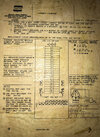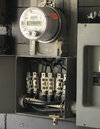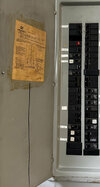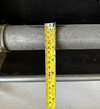It is a terrible idea. There are more more level 2 chargers than there are EVs (one level 2 charger per home, plus all the work chargers, parking lots, convenience stores, etc). So that argues for making the level 2 charger as cheap as possible.I think he's just suggesting something like the mobile connector would have the rectifier on it instead of in the car . You'd still have different options on connecting the AC side
It's maybe not a terrible idea you'd just probably have to carry around a bigger connector/ charger all the time though.. but we do that now anyway
Sticking a rectifier in there, and why stop there, you‘d also want the voltage converter (have to get the DC voltage to pack voltage somehow) would reduce that cost from each car, but make each level 2 EVSE FAR more expensive. Overall, the EV economy would be more expensive.
Anyways, this is a pointless discussion since nothing like this is going to happen.







